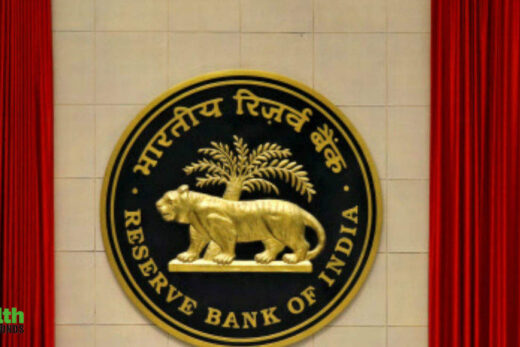Bond dealers said the 6.17 per cent government bond maturing in 2021 was offered at a yield of minus 1.5 per cent, a first in the government securities market.
“Earlier, there was no functionality for negative order on the NDS-OM, now it seems RBI has enabled that through the CCIL (Clearing Corporation of India). That is the only change,” said a dealer with a large state-owned bank.
The move has several implications. For starters, it now means in the event where short sellers are scampering to cover positions, yield on the bond could push below zero. In a scenario where a bond yields negative interest rate, it means the bond purchaser will technically have to pay the government for the bond it holds.
Globally, over $14 trillion worth of assets are currently parked in negative-yielding government bonds, but a negative-yielding bond in India will be unprecedented.
Bond market experts said the move may help RBI put a leash on short sellers, who in recent weeks have gained much confidence because of rising bond yields globally and amid concerns over a torrent of bond supply from the government.
The yield on the 10-year government bond, considered the benchmark, has jumped 28 basis points since the Budget, as traders have turned wary of the market’s ability to absorb over Rs 12 lakh crore fresh bond supply the government is planning for 2021-22. In addition to that, the recent spike in US Treasury bond yields has also made matters worse.
RBI had to devolve several bond auctions to the primary dealers in recent weeks, as it was unwilling to accept market’s demand for higher yield. This is despite assurance from RBI Governor Shaktikanta Das to maintain abundant liquidity in the system through open market operations, Operation Twist and the likes.
Das has time and again stressed the need for the market to treat the yield curve as a ‘public good’, as it looks to ensure that the government is able to smoothly borrow its planned amount at the lowest possible cost. In 2020-21 so far, RBI has managed to facilitate over Rs 30 lakh crore borrowing by the central and state governments at near-record low weighted average cost, experts pointed out.
While RBI’s move is likely to slow the pace of rise in yields, bond traders believe ultimately the trajectory of bond yields will hinge on the developing macroeconomic scenario.
“Yes, this is an impediment… but markets are markets. Though this move will dampen the spirits of short sellers, if the macros broadly keep on indicating that rates have to head higher, then they will do so, albeit at a slightly slower pace,” said the dealer quoted above.
Some bond traders believe the central bank will struggle to keep yield on the 10-year benchmark bond below 6.20 per cent. On Friday, 5.85 per cent 2030 government bond ended at 6.19 per cent against 6.20 per cent on Thursday, data on the CCIL website showed.



